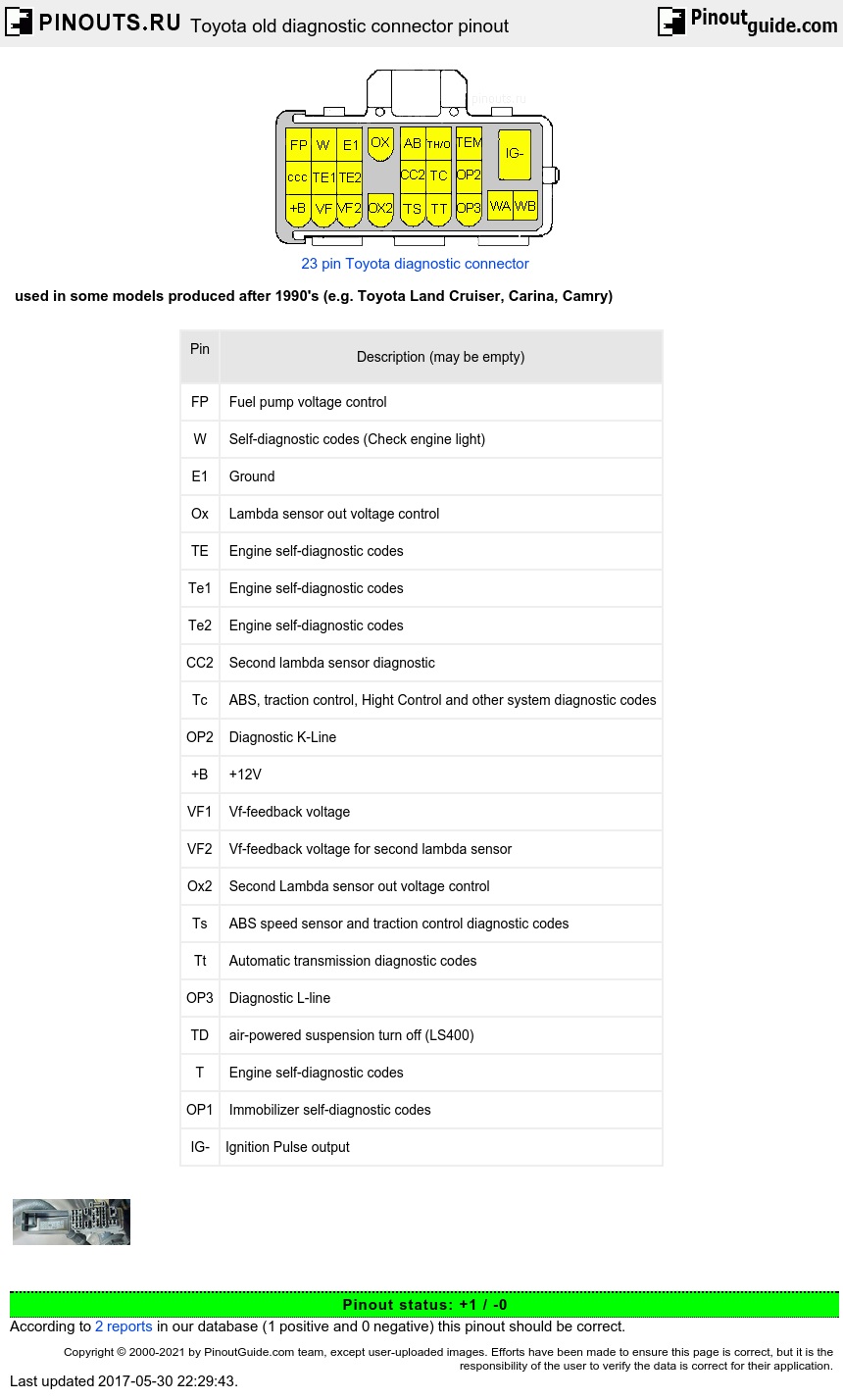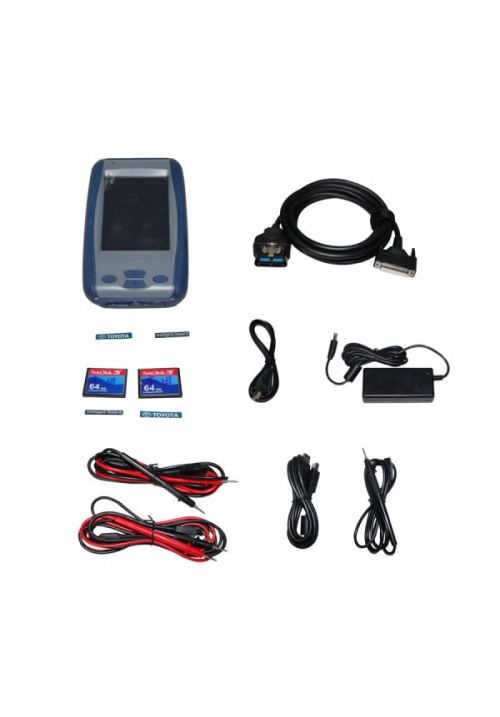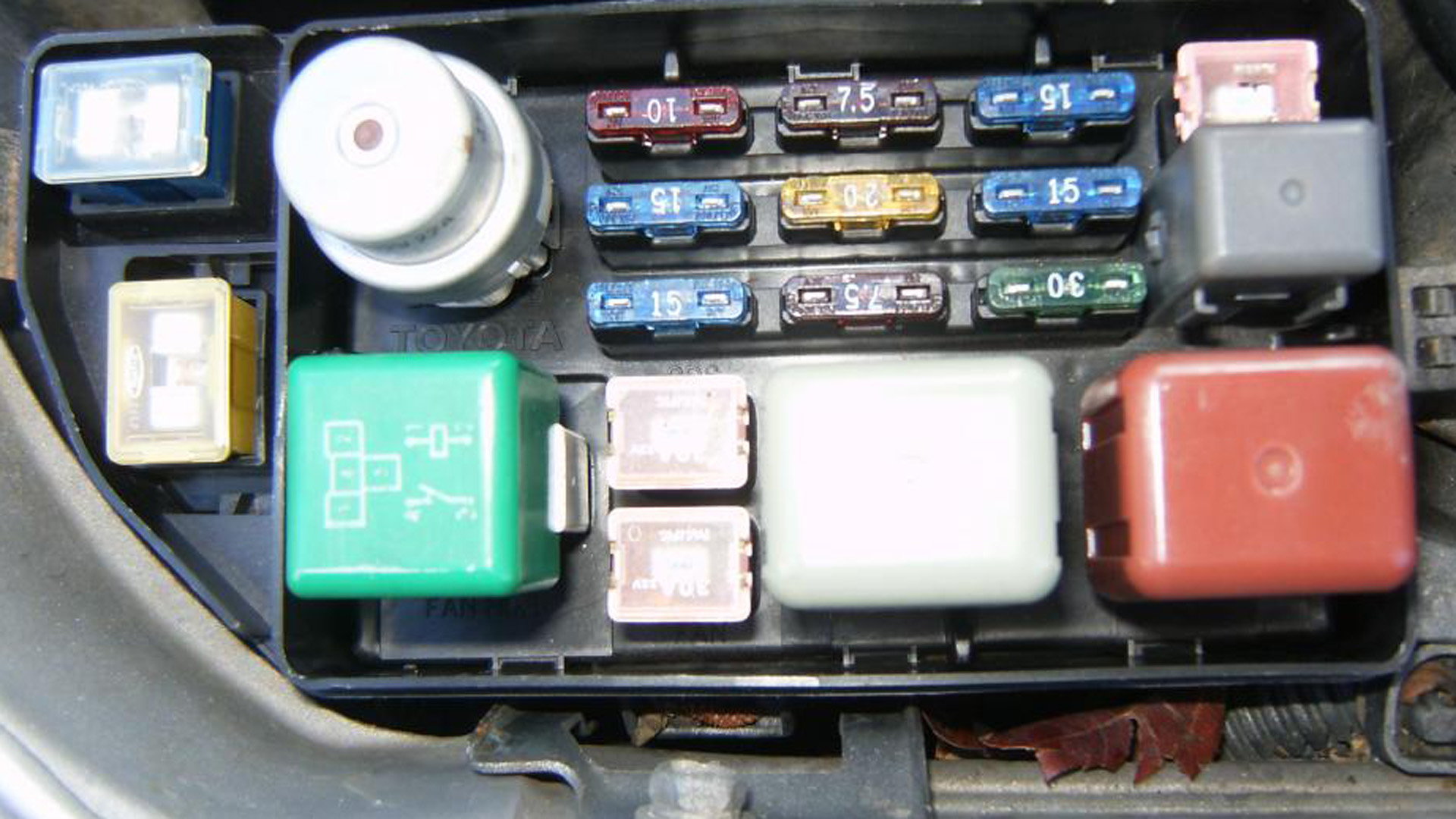

How long a transmission diagnosis takes really depends on the level of service that you are paying for and expecting to get from your mechanic. How Long Does a Transmission Diagnostic Take? It's also possible that other aspects of the transmission will be tested as well depending on what kind of service you ask for and how thorough the mechanic or dealership you've taken your vehicle tends to be A check of your transmission fluid levels.In these cases, you could expect a number of different aspects of your vehicle to be tested. However, many mechanics and dealerships will perform a multi-point inspection if you bring your vehicle in for a transmission diagnostic. What Gets Checked During the Transmission Diagnosis?Īs we said the main part of a transmission diagnosis will involve the mechanic attaching an OBD2 scanner to your car to determine the nature of the problem you're experiencing. If it's genuinely a transmission problem, then the technicians can then focus in on exactly what is wrong with your transmission to get it repaired and working as normal again for. If it's a problem with the electronics sending faulty signals and you may need to replace some sensors, or the engine control unit, or something like that. This is necessary to determine if you genuinely do have a problem with the transmission in specific, or if there's a problem with the sensors, the engine control unit, and so on sending faulty signals. You'll likely have to do a test drive while sensor data gets monitored and information is taken from your car's engine control unit. At this point they can focus their attention on figuring out why there is a problem at that particular place either transmission.
How much does a toyota diagnostic code#
What Happens During a Transmission Diagnostic?Īfter the mechanic has attached the OBD2 scanner to your car and gotten a specific error code it will direct them to the exact area of the transmission that has a problem.

If the mechanic plugs in the OBD2 scanner and they're going to get a code that tells them something like you have a problem with your gear ratio going from first gear to second gear. When it comes to diagnosing transmission, the problem is much the same. That makes fixing the problem so much easier because you don't need to check 100 different places. Whatever the case, it takes it from a very general problem, in this case check engine, and narrows it down to a much more specific component. Or maybe that your exhaust manifold has failed in some way. For instance, you may get a problem code that indicates your camshaft position sensor has failed. The scanner will coincide with a specific problem. Off and it will appear as something like p0622.

The OBD2 scanner will give the mechanic a diagnostic code. You take the car to the mechanic, they plug in their OBD2 scanner, and the scanner interfaces with your car's internal computer system to narrow down the check engine light to the precise problem that is referring to you. These are often used when you have a check engine light for instance, and you aren't sure what it means.

This device is called an on-board diagnostic scanner, or OBD2 scanner. If you have ever had to go to a mechanic to have a problem diagnosed because you weren't sure exactly what was going wrong you may have noticed that they plugged in a small computer device to your car. How a Mechanic Diagnoses Your Transmission Problems In fact, thanks to powertrain control modules and engine control units in your car that are the computerized brain of your electronic systems you can diagnose the problem very accurately if you have the correct tools to do so. Modern transmission diagnostics do not have to rely on so much guesswork to get the job done. They would listen to the sounds that your transmission made, pop the hood and take a look at the moving parts that they could see from where they were and really just use a lot of guesswork to figure out what might be going on. Because older cars, and by this we need one set were around before much of your car’s operational systems became computerized, when a problem arose with transmission it had to be diagnosed based on little more than a mechanic's own expertise and observational skills. On older cars a transmission diagnostic is more of an in-depth process than it is on modern cars. Just some routine tests and observation of your body to determine and your general health is where it should be yours if you are suffering from certain kinds of problems that are going to need to be fixed. Consider it the same as getting a checkup from your doctor. A transmission diagnostic is essentially a routine through which a mechanic will observe your transmission and check over the individual components to determine which ones are working correctly and which ones perhaps need to have some repairs or replacements made.


 0 kommentar(er)
0 kommentar(er)
